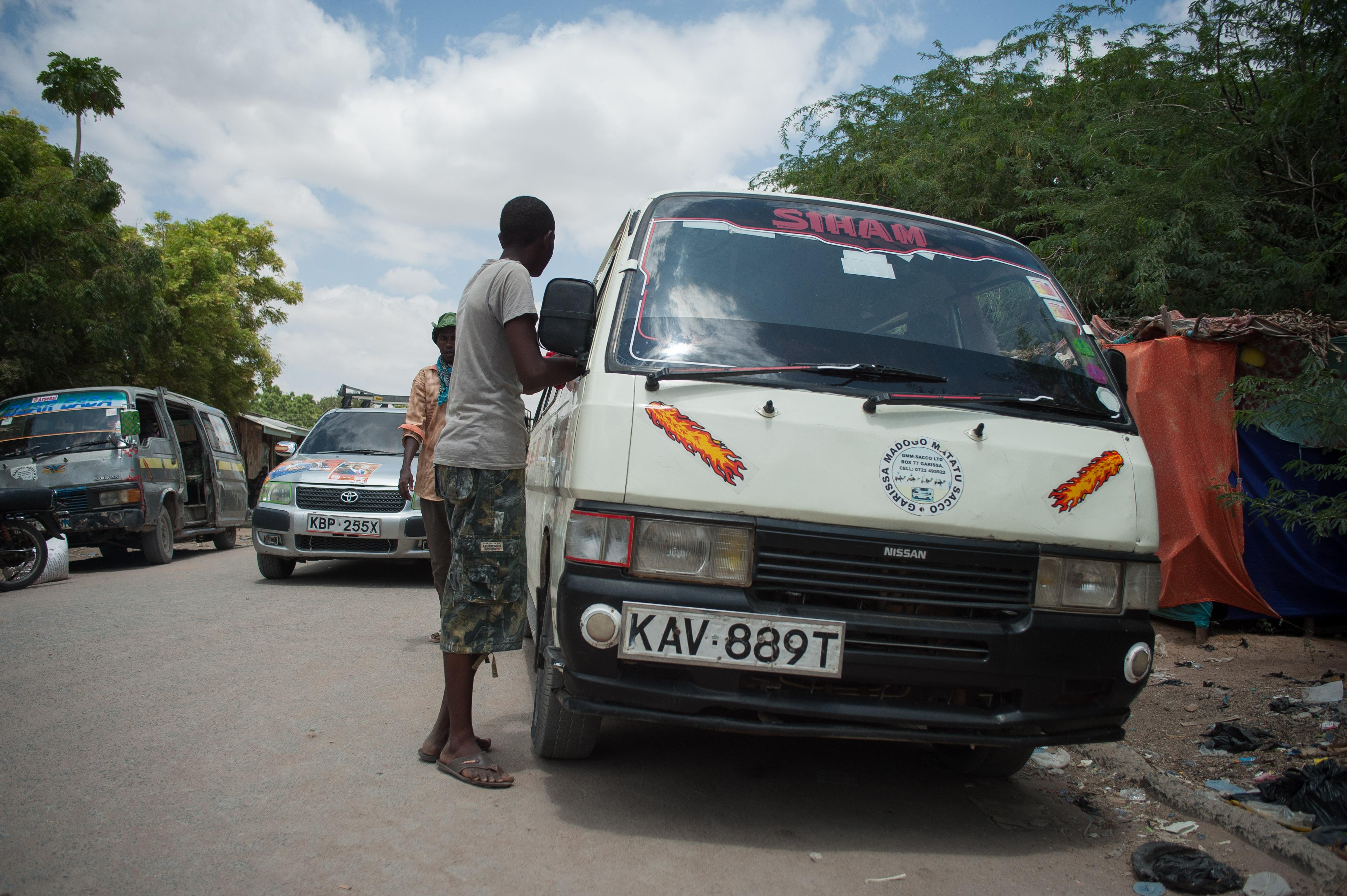Kenya 2013: rise of the six-piece suit – By Andrew Green

Though the presidential race is getting most of the attention, when voters go to the polls today, they will be voting for more than an executive. They are also being asked to decide five additional races – member of parliament, senator, woman representative, county governor and county assembly representative. Kenya’s entire political structure could be in for a major overhaul.
The six-piece suit is the term that has been adopted to describe voting for the same coalition on all six ballots. It is a strategy presidential candidates in this election were overtly encouraging at the campaign’s onset – for obvious reasons: The more coalition members in power, the easier governing will be.
The early calls for a straight party-line vote were met with charges of cynicism, though. One local paper called it a demand that voters cast their ballots “irrespective of the qualities and qualifications of the other five candidates.” Now, most of the leading candidates have backed away from the request, at least in public addresses.
But in a month of following Prime Minister Raila Odinga on the campaign trail, it’s clear that many voters see six-piece as their only option, if only because the down-ticket candidates have allowed their individual positions to be subsumed by the presidential contenders. Instead of running on local issues, which will ultimately have the most impact on the lives of individual voters, most are hoping to ride the top-of-the-ticket platform to victory. Which leaves voters looking to make informed choices with little information.
In Garissa, the town’s matatus have long been an easy target for roving bands of thieves. Drivers of these overstuffed vans, which ferry passengers along set routes in this hot and dusty town in northeastern Kenya, say they are constantly being stopped and extorted for money by armed groups. If they refuse to pay, they are beaten or killed.
When matatu owners and drivers decided to form a savings and credit cooperative, known as a SACCO, two years ago, it was initially intended as a way to pool resources, but it has grown into a political force.
Nearly 300 people have joined and they are working with Garissa’s local council to repair roads and establish set routes and stages for passengers to board. Most critically, they have demanded – and received – greater protection from the local police force.
“We work with the local government to bring law and order,” said Abdi Shakuru Khalif, who has driven the “˜No More Drama’ matatu for the last four years. “We have seen so many changes brought for development.”
Now they have turned to the upcoming election. Three months ago members of the SACCO sat down to pore over the manifestos of the eight different candidates running for president of Kenya. Ultimately, they decided to deliver their votes to Deputy Prime Minister Uhuru Kenyatta, the leader of the Jubilee Coalition. He and Odinga are the presidential frontrunners.
Khalif said the SACCO decided on Kenyatta because he is young (51 versus Odinga’s 68) and has a strong infrastructural development platform. They did not put the same thought into the down-ticket races, though, because they couldn’t. Instead, most of the matatu owners and drivers will vote six piece.
It is a position that would make sense if the members of the SACCO were die-hard Jubilee supporters. But they’re not. Jubilee and Odinga’s Coalition for Reforms and Democracy (CORD) are artificial constructs, anyway, built ahead of this election with a goal of uniting as many disparate, but popular, parties as possible under one banner.
Once they entered their coalition, the down-ticket candidates seem to have largely abandoned any individual positions they initially held to parrot the presidential manifestos. So Garissa’s SACCO did not have the option of evaluating the positions of the candidates on the other five ballots, Khalif said, to get a sense of where they stand on the issues that are important to him – infrastructure and security. Instead, the SACCO members are left to assume the coalition manifesto speaks for all of the coalition’s candidates, even if only vaguely on the issues most pressing to the local community.
Over the month of trailing Odinga, I have had the chance to talk to a slew of the lower-ticket candidates. They are the ones who show up early to the rallies to glad-hand and pump up the crowds. Their supporters are the ones who put in the hard work of setting up the events. And they are always willing to talk to reporters, though they frequently have very little to say.
Like Garissa, the area around Garsen – a small town in the Tana River valley in eastern Kenya – has been plagued by violence. A single ethnic clash in the valley last year left 52 people dead. Joel Ruho is running on the CORD ticket for MP of the area. When prompted, he did not even mention insecurity as a key issue in the area.
His interview was enlightening, though. A member of Ford Kenya, he said the political party’s leaders realized “alone we can’t do it. We must team up with other parties to be able to win the upcoming elections.” So they created the CORD alliance with Odinga’s Orange Democratic Movement and the Wiper Democratic Movement. Odinga got the coalition’s top spot and Wiper’s Kalonzo Musyoka got the nod for vice president.
Ford’s leaders certainly got some input in crafting the coalition’s manifesto, but as election day approached Ruho – whether on orders from above or under his own initiative – did not bother offering a local interpretation of the coalition platform. Instead, he saw his job as talking up the top of the ticket.
It’s a strategy lower-ticket candidates are repeating around the country. While it does not offer voters the opportunity to evaluate them on many of the issues that hit closest to home, that may not be such a bad thing for many of these politicians. So long as they picked the right presidential candidate and have left the electorate with no choice but a six-piece suit, then they should be able to ride the coattails into office.
Andrew Green has been following the CORD Presidential campaign for the Kenya elections.





[…] Green has been following the CORD Presidential campaign for the Kenya elections. aa Share this:StumbleUponTumblrPinterestDiggLinkedInGoogle +1MoreTwitterFacebookLike this:Like […]
Interesting insight from the campaign. But this analysis can only be temporal. In say, other areas such as Nairobi, Kisumu, Nyeri and the like, candidates for these lower ticket votes are having to put on quite strong individual campaigns, particularly in the gubernatorial races which have been mini presidential campaigns in their own right. But obviously, consolidating ones campaign with the presidential one to which coalition you belong to makes sense as has been indicated. Also, it may be a case of , in the instance of the Matatu sacco, the rest of the candidates being left to individual decision to decide, rather than any lack of particular detail.Did the author question them on why they chose not to look at the other candidates and what was their response on it? An interesting analysis that i feel has been left out of the article is the fact that the example given was a case of “group” voting, with the association deciding it will vote one way, (and i assume campaign as such?) is there any more detail that can be provided on their thinking behind that?